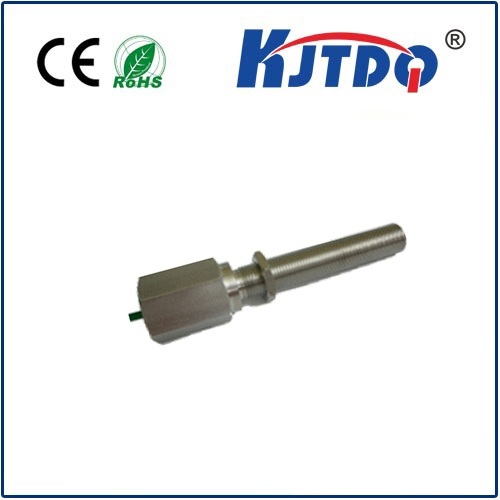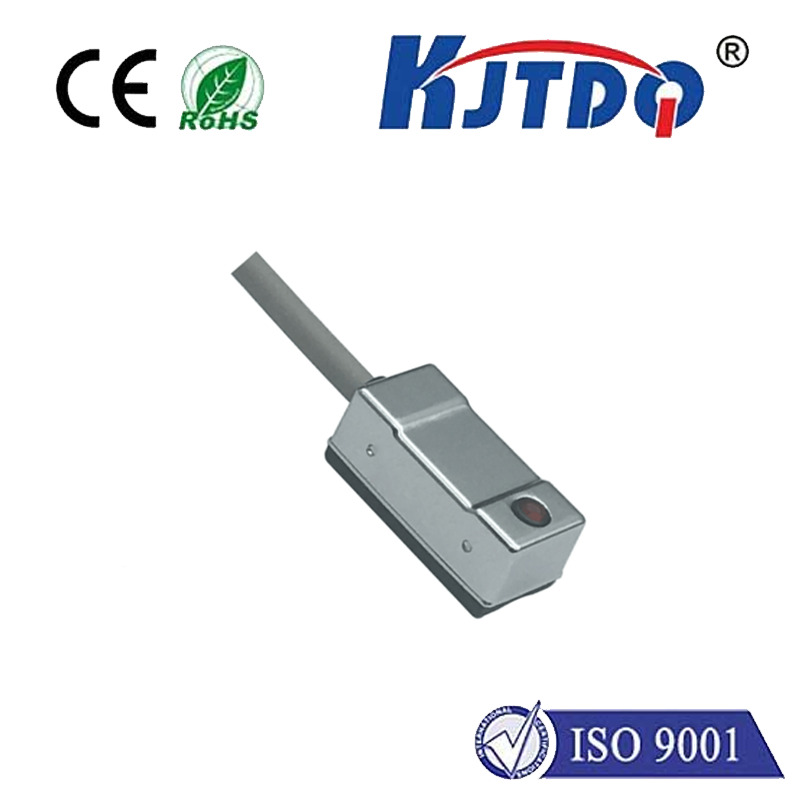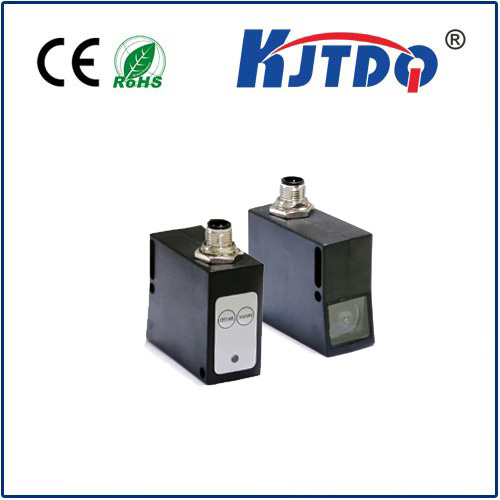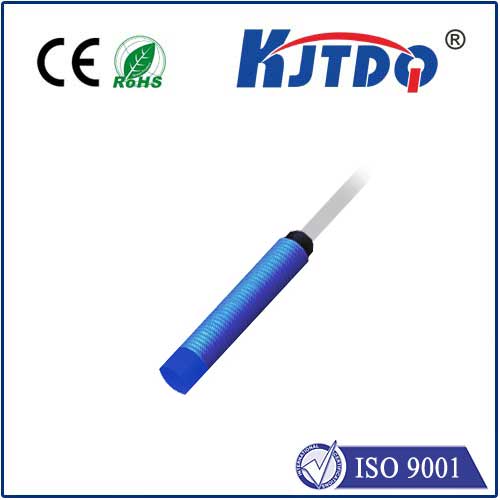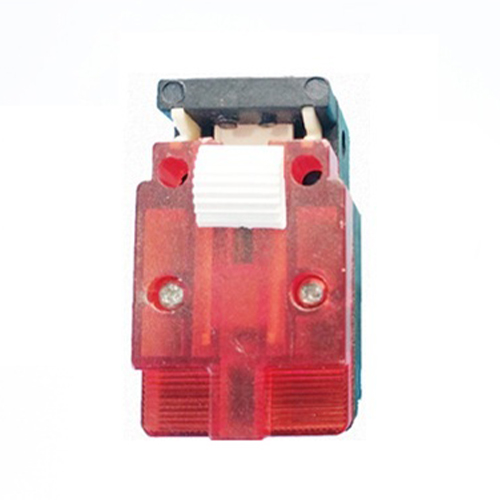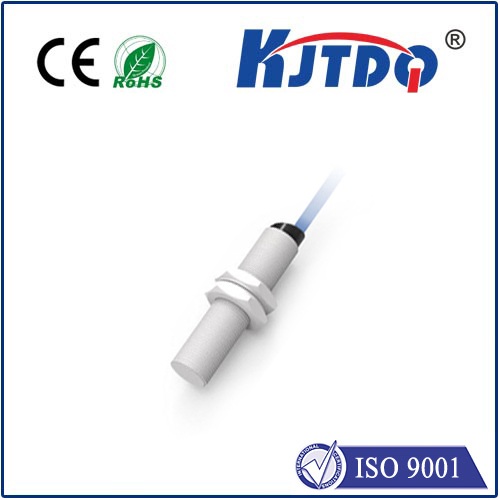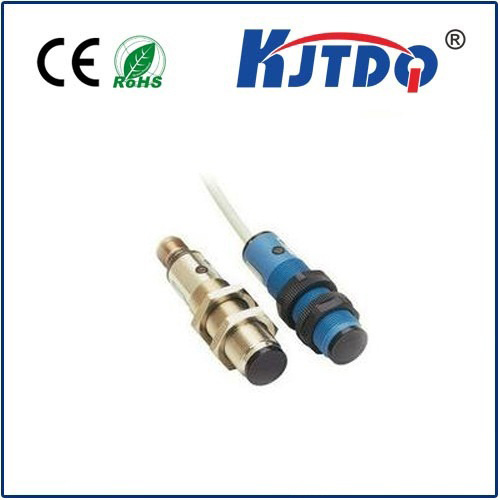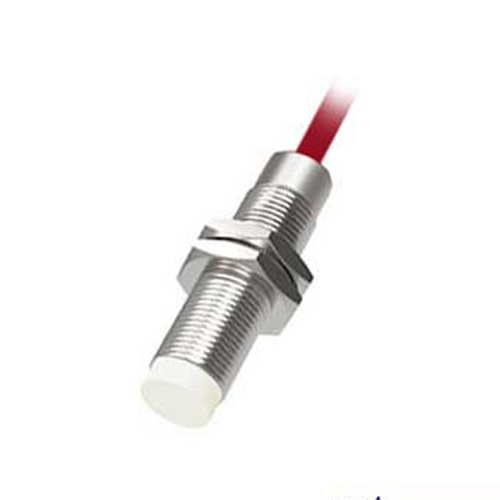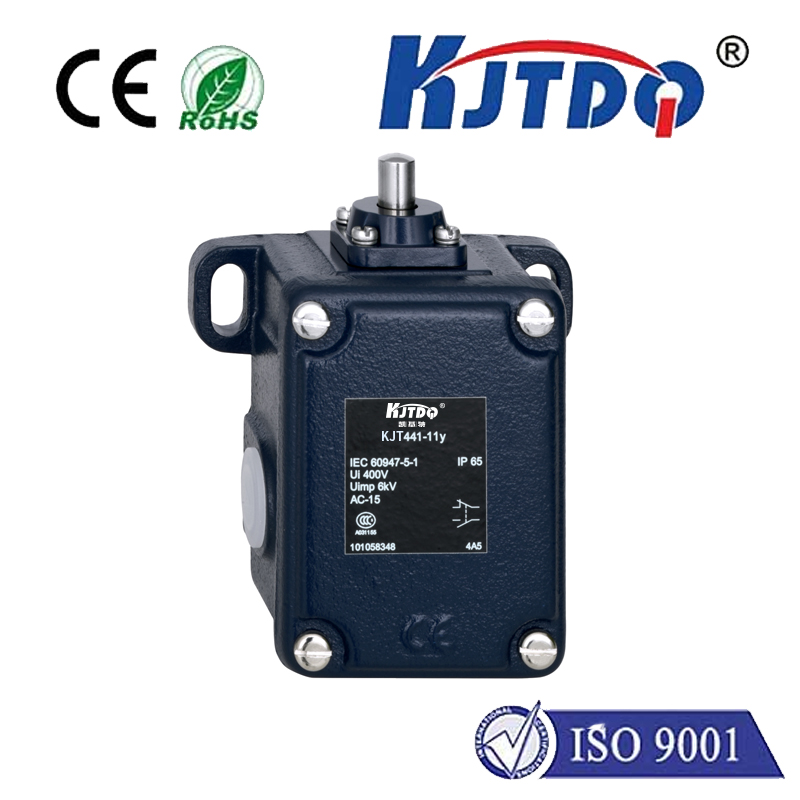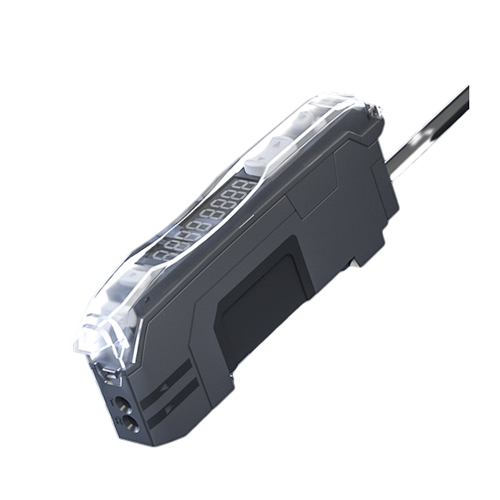temperature logger with probe
- time:2025-08-20 00:27:12
- Click:0
The Essential Guide to Temperature Loggers With Probes: Accuracy Where It Matters Most
Imagine this: a meticulously prepared shipment of perishable pharmaceuticals travels across the country. Upon arrival, spoilage is discovered. Was it a handling error or did the critical temperature range breach somewhere en route? Without precise, continuous monitoring, pinpointing the cause – and preventing costly repeats – is impossible. This is where the temperature logger with probe becomes indispensable. Far more than a simple thermometer, this powerful duo provides the empirical evidence needed to ensure product integrity, safety, and compliance in countless sensitive applications.
What Exactly is a Temperature Logger with Probe?
At its core, a temperature logger with probe is a specialized device designed to measure, record, and often transmit temperature data over time. It consists of two fundamental components:

- The Probe: This is the sensor element that physically interacts with the environment or substance being monitored. Probes come in various designs – immersion probes for liquids, penetration probes for solids or semi-solids, air probes for ambient monitoring, and specialized surface probes. They contain sensors like thermocouples, RTDs (Resistance Temperature Detectors), or thermistors, which convert temperature changes into electrical signals.
- The Logger Unit: This is the “brains” of the operation. It houses the electronics to:
- Receive and process the signal from the probe.
- Accurately record the temperature readings at user-defined intervals (e.g., every minute, every 10 minutes).
- Store the collected data internally (often for thousands or even millions of readings).
- (Often) Display current or logged data.
- (Often) Provide Alarms via visual (LEDs, screen) or audible alerts if temperatures exceed preset limits.
- (Often) Enable Data Transfer to a computer or cloud platform via USB, Bluetooth, Wi-Fi, or cellular connection.
The key advantage lies in the separation of the probe and the logger. This allows the sensitive probe to be placed exactly where the critical temperature reading is needed – deep within a bioreactor, inside a food product core, submerged in a tank – while the logger unit can be positioned conveniently nearby, potentially outside harsh environments (like freezers, ovens, or wet areas). This configuration ensures the temperature logger with probe delivers maximum accuracy and placement flexibility.
Critical Applications Demanding Precise Temperature Monitoring
The versatility of the temperature logger with probe makes it vital across numerous sectors:
- Food Safety & Cold Chain Management: This is arguably the most critical domain. Ensuring food remains safely outside the “danger zone” (40°F - 140°F / 4°C - 60°C) from production and processing, through transportation, storage in refrigerators or freezers, and even display is paramount for preventing foodborne illness. HACCP programs rely heavily on validated data from these loggers. Monitoring core temperatures of cooked products and ensuring freezer/refrigerator temperatures are consistently maintained are fundamental tasks.
- Pharmaceuticals & Healthcare: Maintaining stringent temperature control is non-negotiable for vaccines, biologics, blood products, and many medications. Cold chain integrity must be proven throughout the supply chain, from manufacturing labs to hospital pharmacies and clinics. Loggers provide the audit trail required by regulatory bodies like the FDA and EMA. They are also crucial in monitoring incubators, sterilizers (autoclaves), and storage environments for sensitive reagents.
- Laboratory & Scientific Research: Precision and reproducibility are the cornerstones of science. Data loggers with probes monitor conditions in environmental chambers, stability rooms, incubators for cell cultures, water baths, and during delicate experiments where temperature fluctuations could invalidate results.
- Industrial Processes & Manufacturing: Many manufacturing processes, from chemical reactions and plastics manufacturing to electronics production and heat treatment, require tight temperature control for quality and efficiency. Continuous monitoring helps optimize processes, prevent spoilage, and ensure product consistency. Monitoring coolant systems or machinery operating temperatures is also critical for preventative maintenance.
- Environmental Monitoring: Tracking temperature variations in greenhouses, museums, archives, server rooms, or during ecological studies provides valuable data for optimization, preservation, and research.
Choosing the Right Temperature Logger with Probe: Key Considerations
Selecting the optimal device requires evaluating several factors:
- Accuracy & Resolution: How close to the true temperature must your readings be (±0.1°C, ±0.5°C, ±1°C)? Resolution indicates the smallest change the device can detect (e.g., 0.1°C vs. 1°C).
- Probe Type & Length: Match the probe to the application (immersion, penetration, air, surface). Ensure the probe cable is long enough to reach the measurement point while allowing the logger to be safely placed. Consider probe material (stainless steel for food/pharma, specialized alloys for harsh chemicals).
- Temperature Range: Ensure both the probe and logger can handle the expected minimum and maximum temperatures in your specific environment (e.g., deep freeze, autoclave).
- Logging Interval & Capacity: How frequently do you need readings (every second? every hour?)? How long will the logger operate unattended? Calculate the storage capacity needed (readings/day * days required).
- Data Access & Connectivity: How will you retrieve the data? Simple USB download? Wireless transfer via Bluetooth to a nearby phone? Wi-Fi or cellular upload to the cloud for remote monitoring and alerts? Cloud-based systems offer significant advantages for real-time oversight and managing multiple locations.
- Alarm Capabilities: Audible and visual alarms on the device are crucial for immediate response. Push notifications to phones or emails via connected systems enhance responsiveness dramatically.
- Battery Life: Long battery life (months or even years) is essential for unattended operations, especially in hard-to-access locations like transport vehicles or remote storage.
- Calibration & Compliance: Does the application require NIST-traceable calibration certificates? Look for loggers designed to meet relevant industry standards (e.g., CFR 21 Part 11 for pharmaceuticals if electronic signatures are needed, ISO 17025 accredited calibration). Regular calibration is vital for maintaining accuracy.
Maximizing Value: Best Practices for Using Your Logger
Purchasing a high-quality temperature logger with probe is the first step; using it effectively ensures you get the maximum return on investment:
- Strategic Probe Placement: Place the probe tip at the critical control point – the location most representative of the product temperature or the hardest-to-cool spot in a chamber. Avoid air drafts, heating/cooling elements directly, or spots where the probe might be dislodged.
- Validation & Mapping: Before routine monitoring, perform temperature mapping studies (e.g., of a refrigerator, truck, or oven) to identify hot/cold spots and determine optimal probe placement for ongoing logging. Validate that your logger setup accurately reflects the process conditions.
- Document Everything: Maintain detailed records of logger deployment locations, probe placements, calibration schedules and certificates, alarm settings, and any corrective actions taken. This documentation is crucial for audits and troubleshooting. Ensure data traceability.
- Enable Alarms & Monitor: Activate alarms and establish clear response protocols. If using cloud-enabled loggers, establish who receives alerts and the required actions. Don’t just collect data – *actively use it












